Floating bodies
| Gallery
Charlie Hamish Jeffery
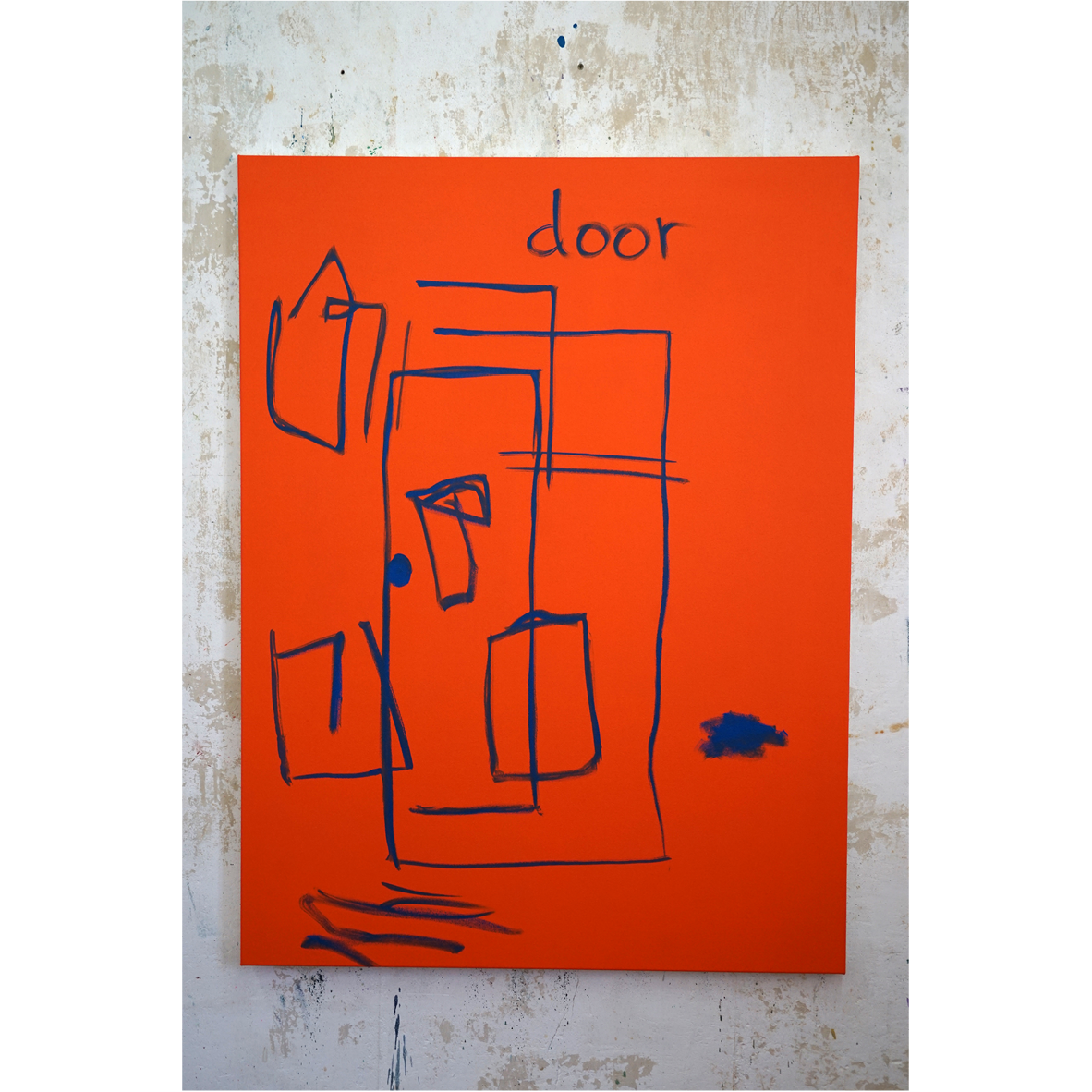
Floating bodies
Charlie Hamish Jeffery
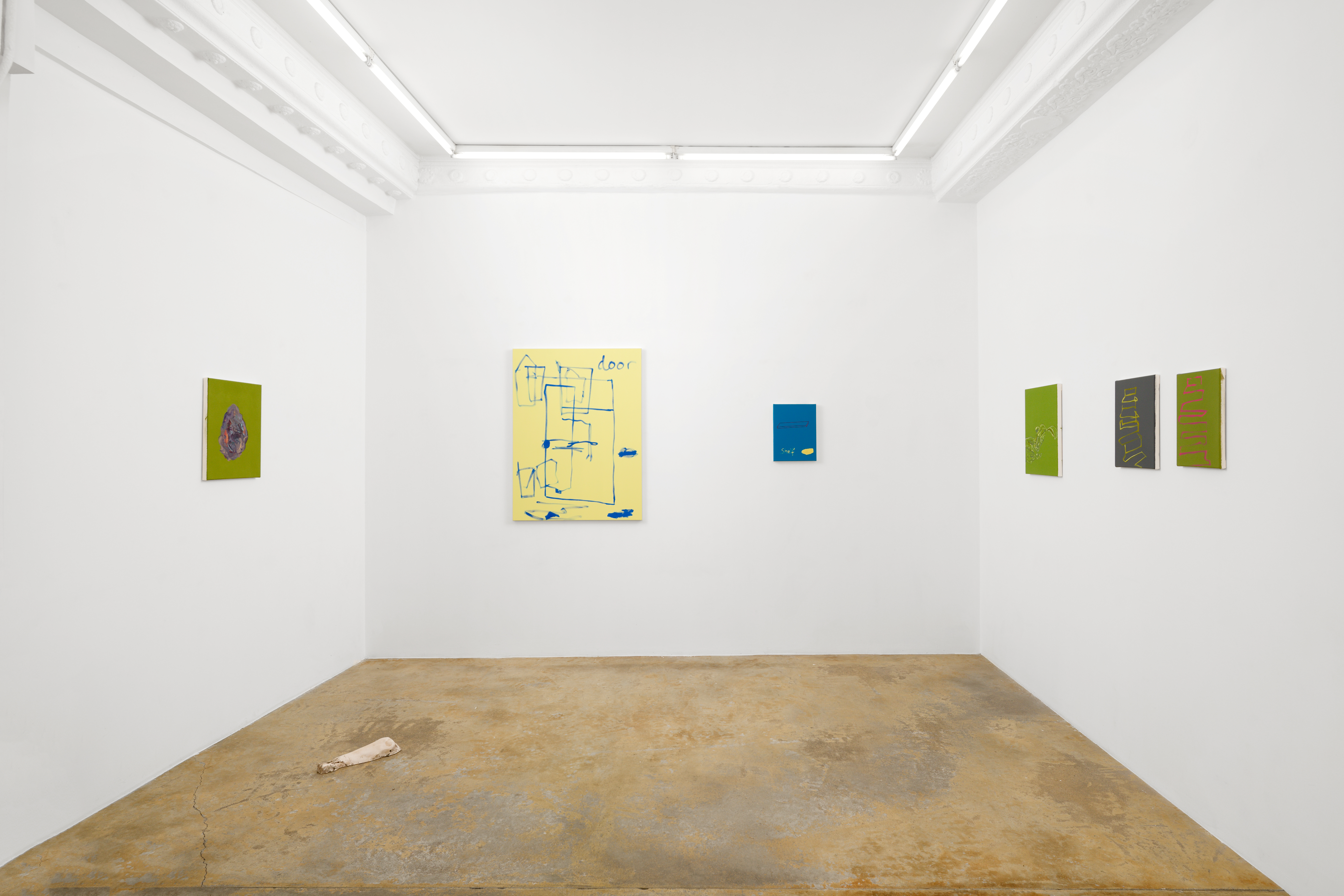
Floating bodies
Charlie Hamish Jeffery
Exhibition view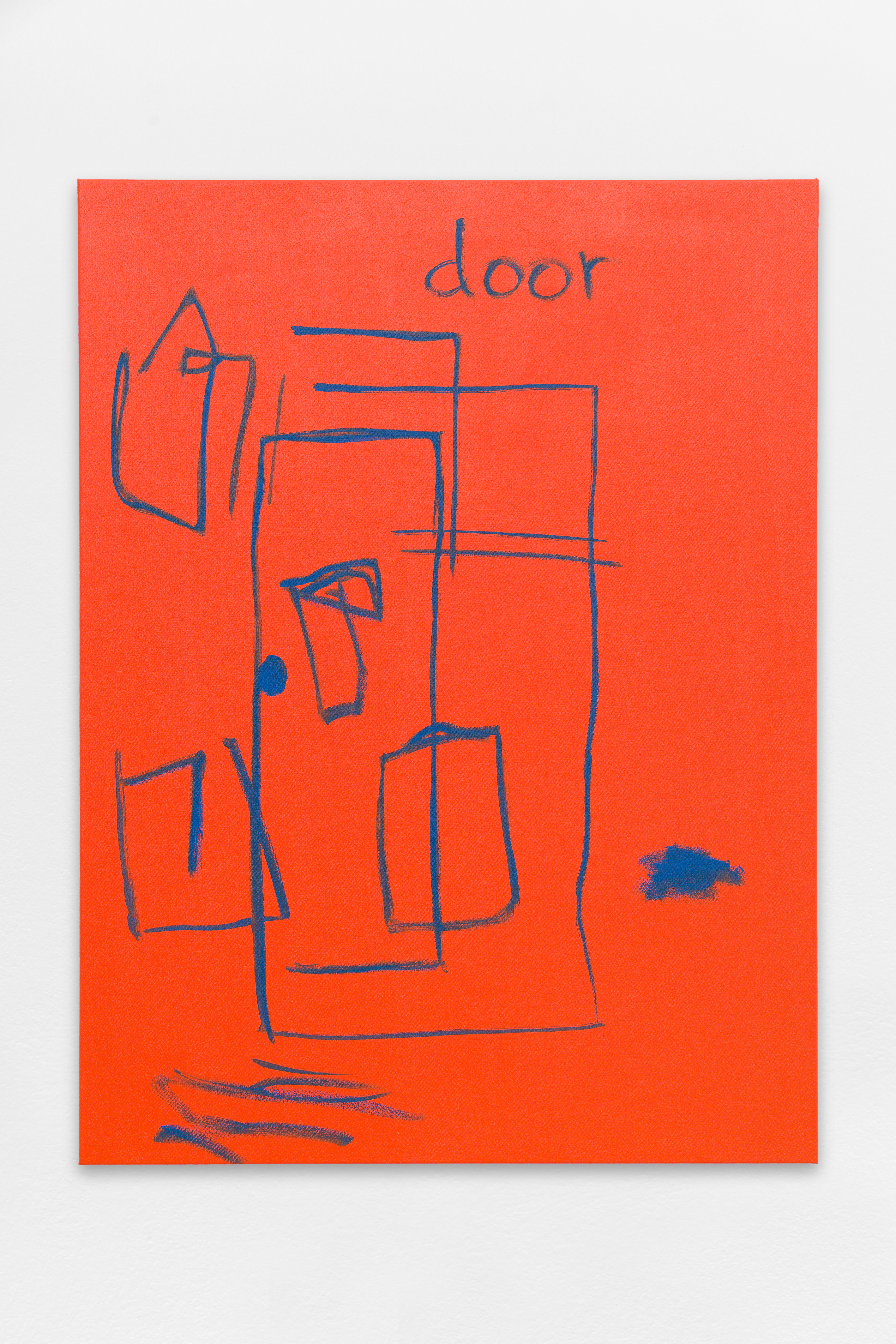
Floating bodies
Charlie Hamish Jeffery
Exhibition view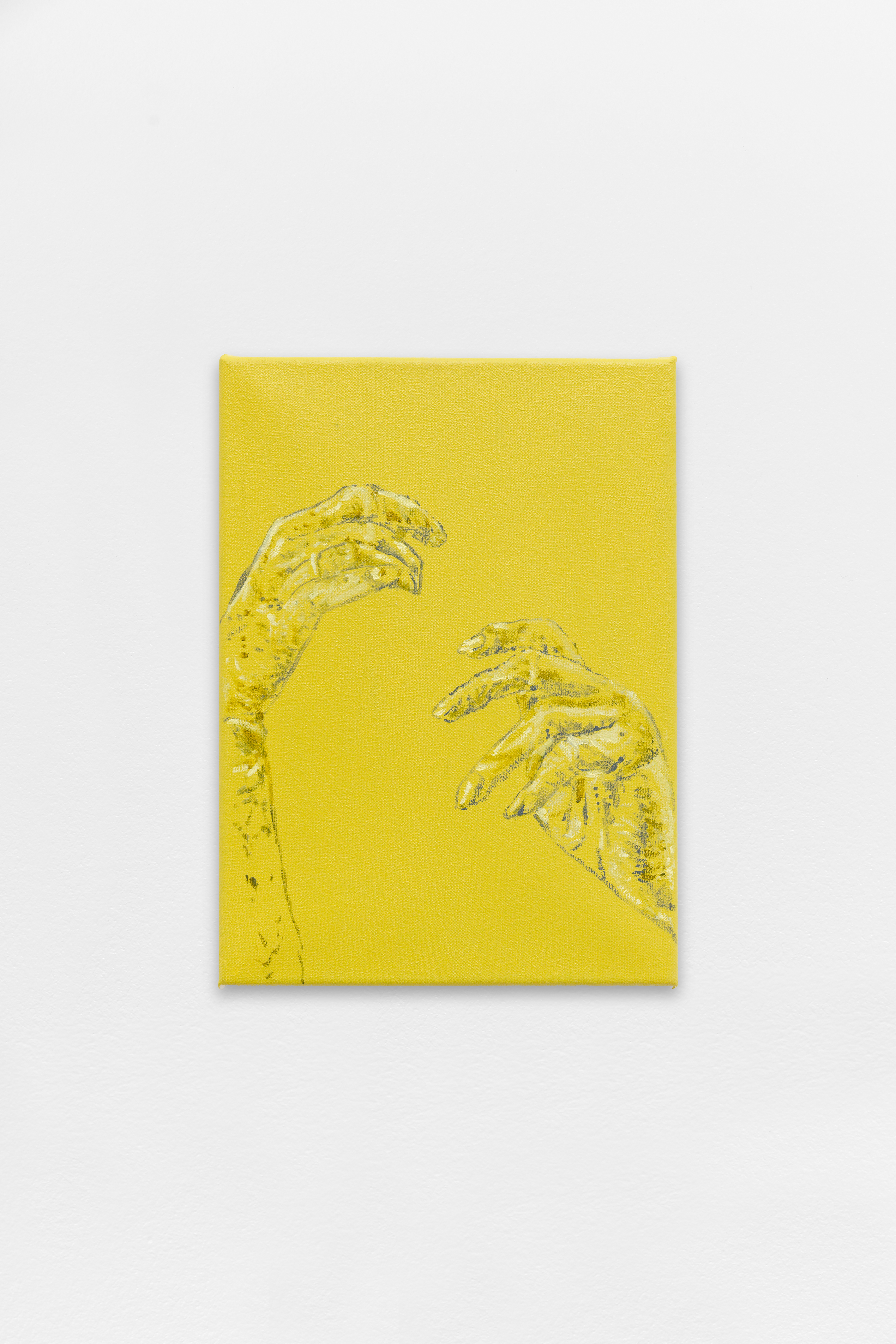
Floating bodies
Charlie Hamish Jeffery
Exhibition view
Floating bodies
Charlie Hamish Jeffery
Exhibition view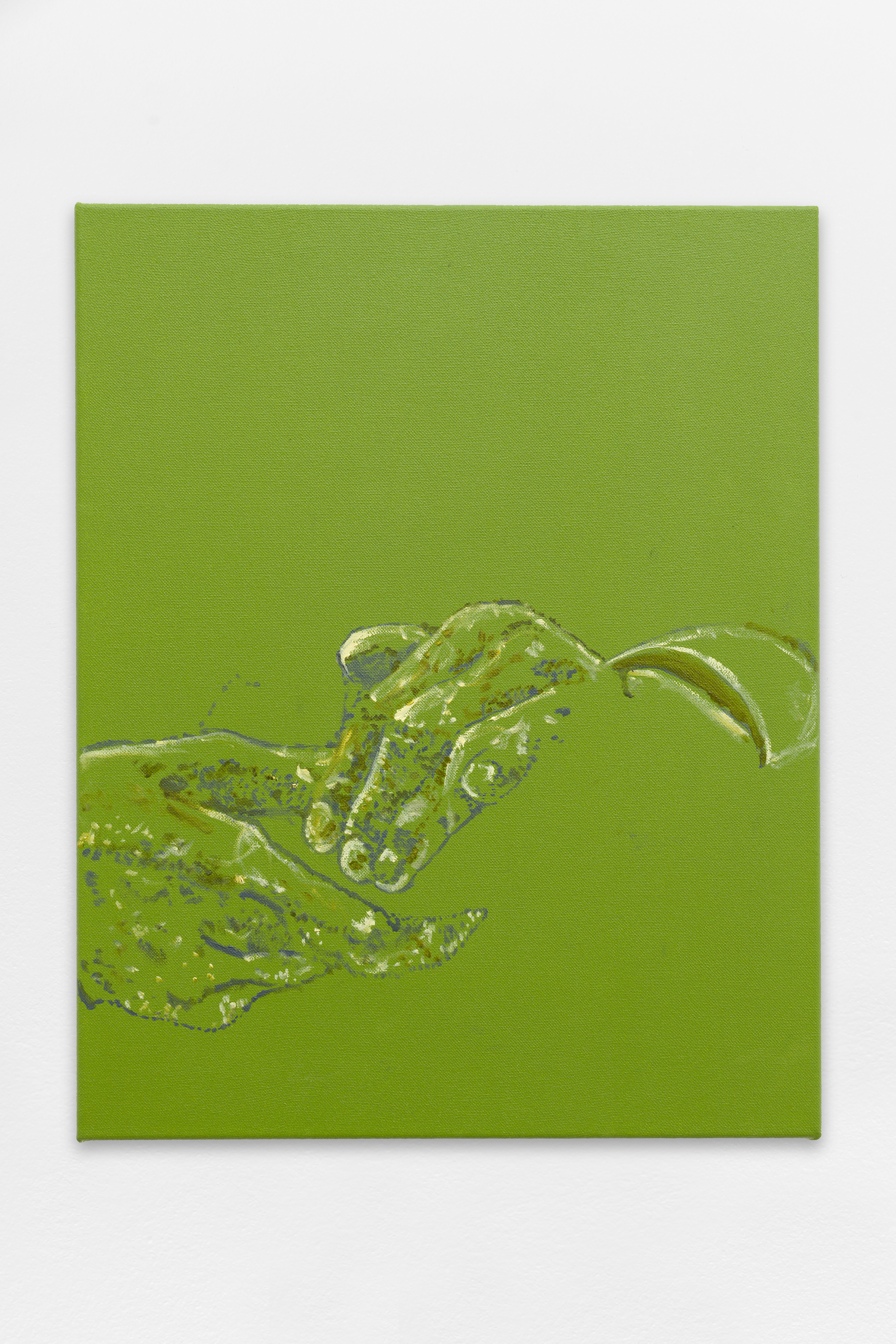
Floating bodies
Charlie Hamish Jeffery
Exhibition view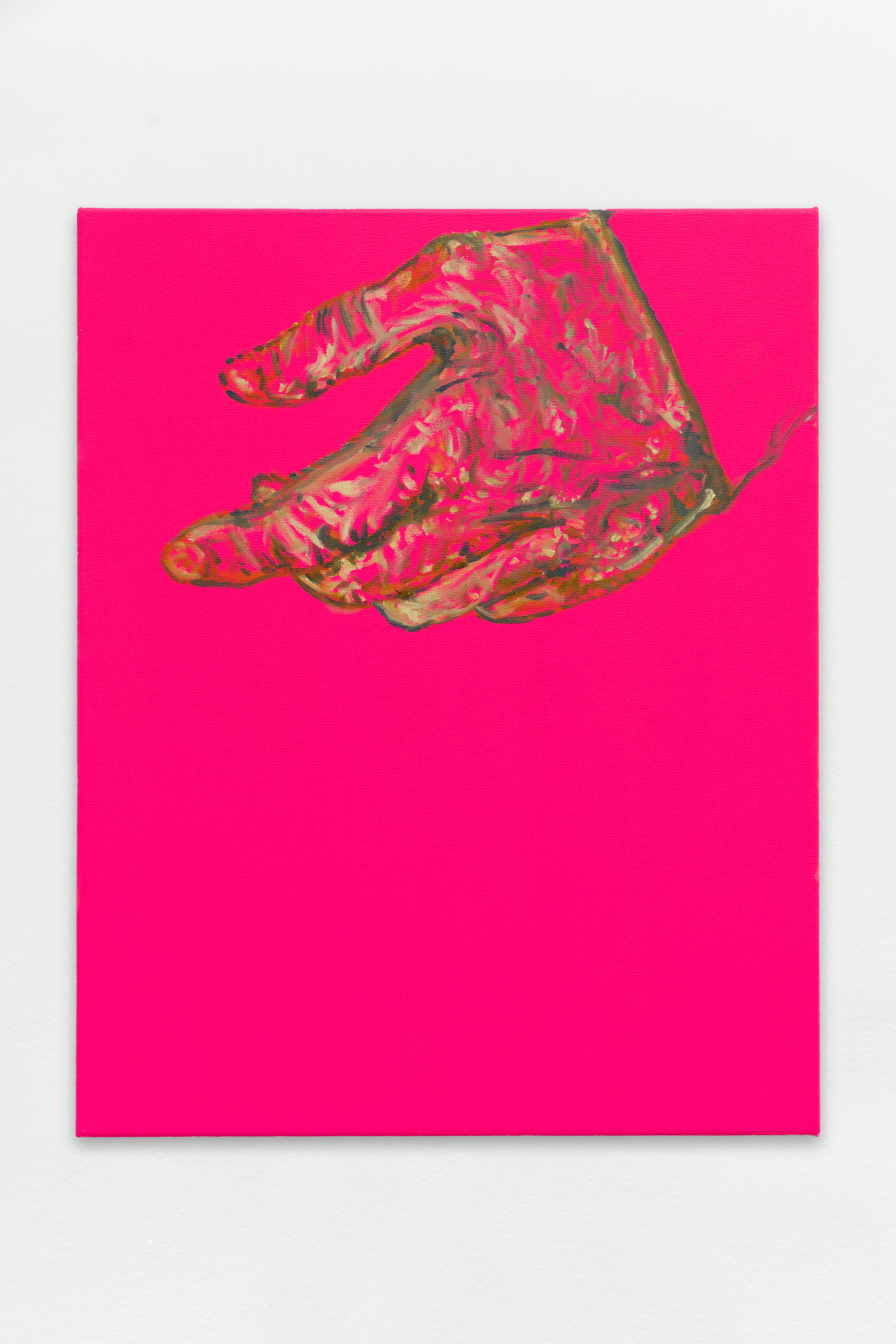
Floating bodies
Charlie Hamish Jeffery
Exhibition view
Floating bodies
Charlie Hamish Jeffery
Exhibition view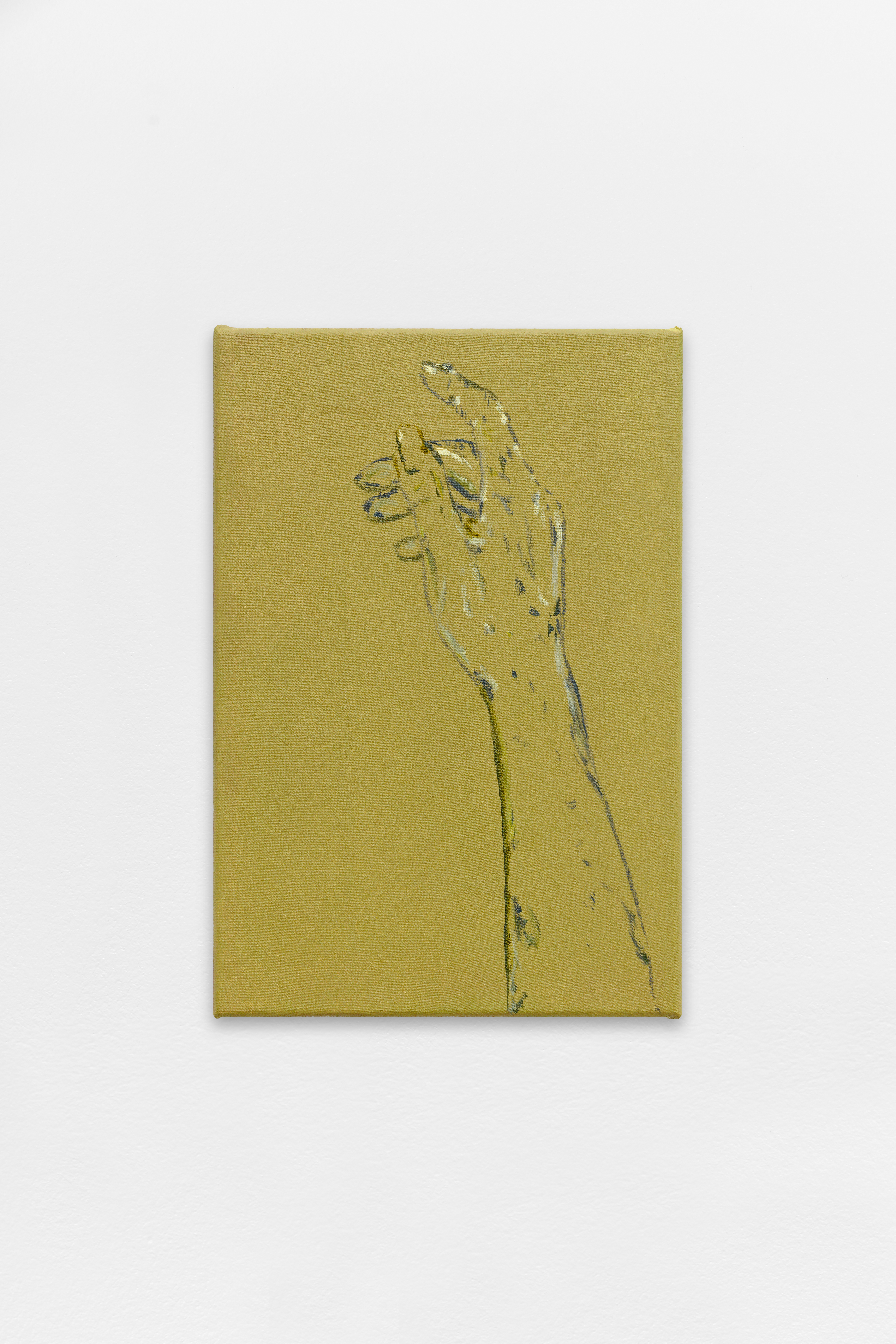
Floating bodies
Charlie Hamish Jeffery
Exhibition view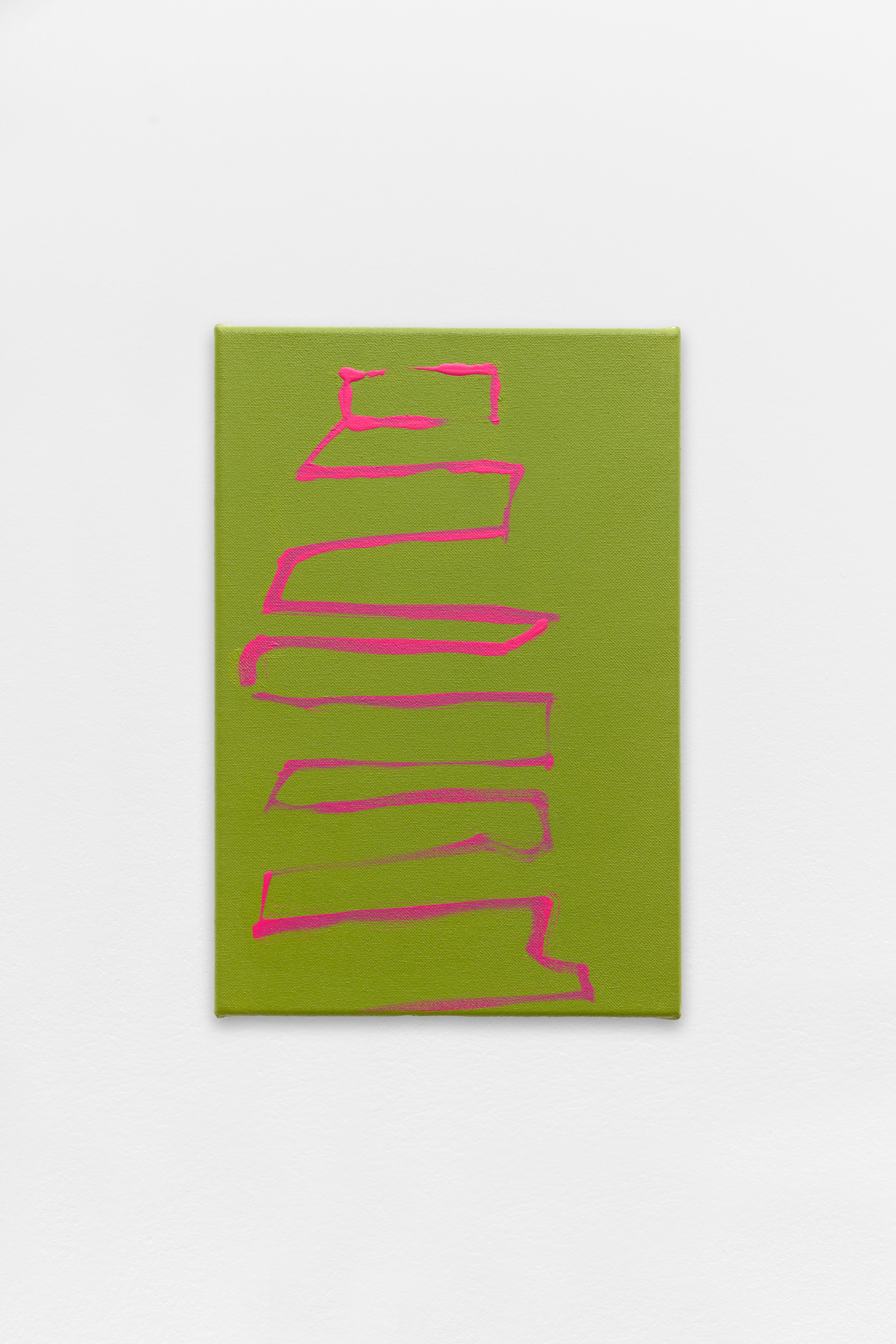
Floating bodies
Charlie Hamish Jeffery
Exhibition view
Floating bodies
Charlie Hamish Jeffery
Exhibition view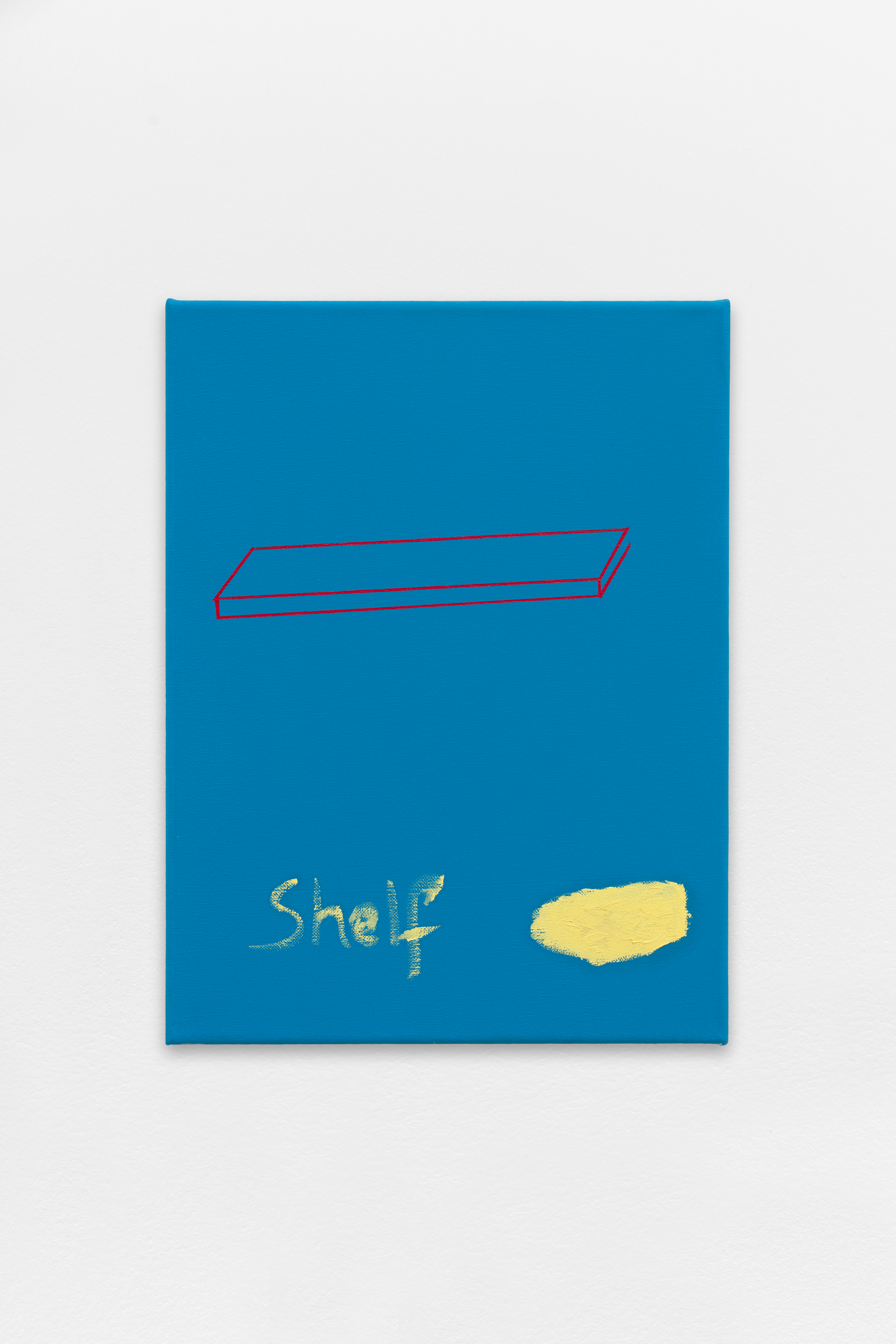
Floating bodies
Charlie Hamish Jeffery
Exhibition view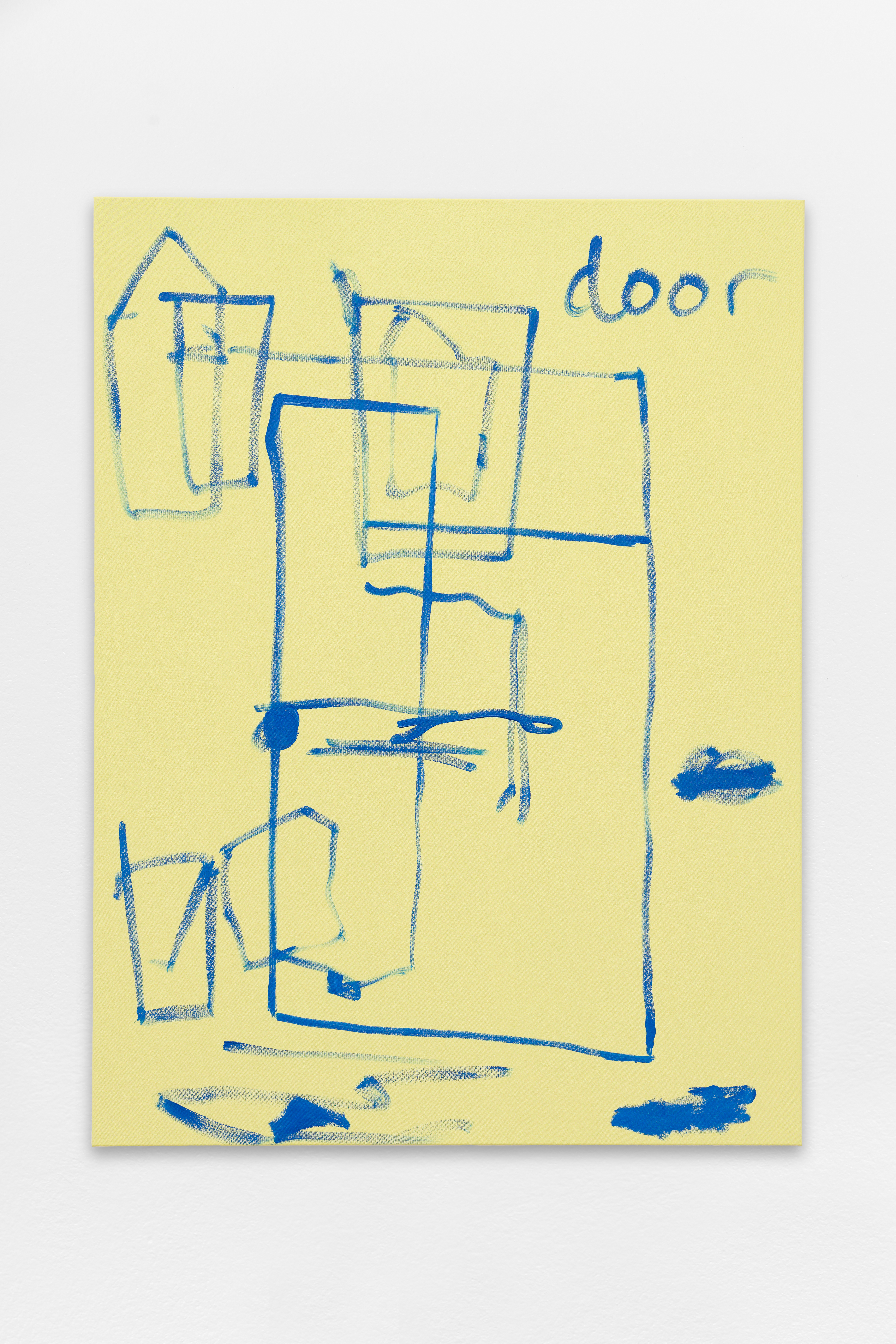
Floating bodies
Charlie Hamish Jeffery
Exhibition view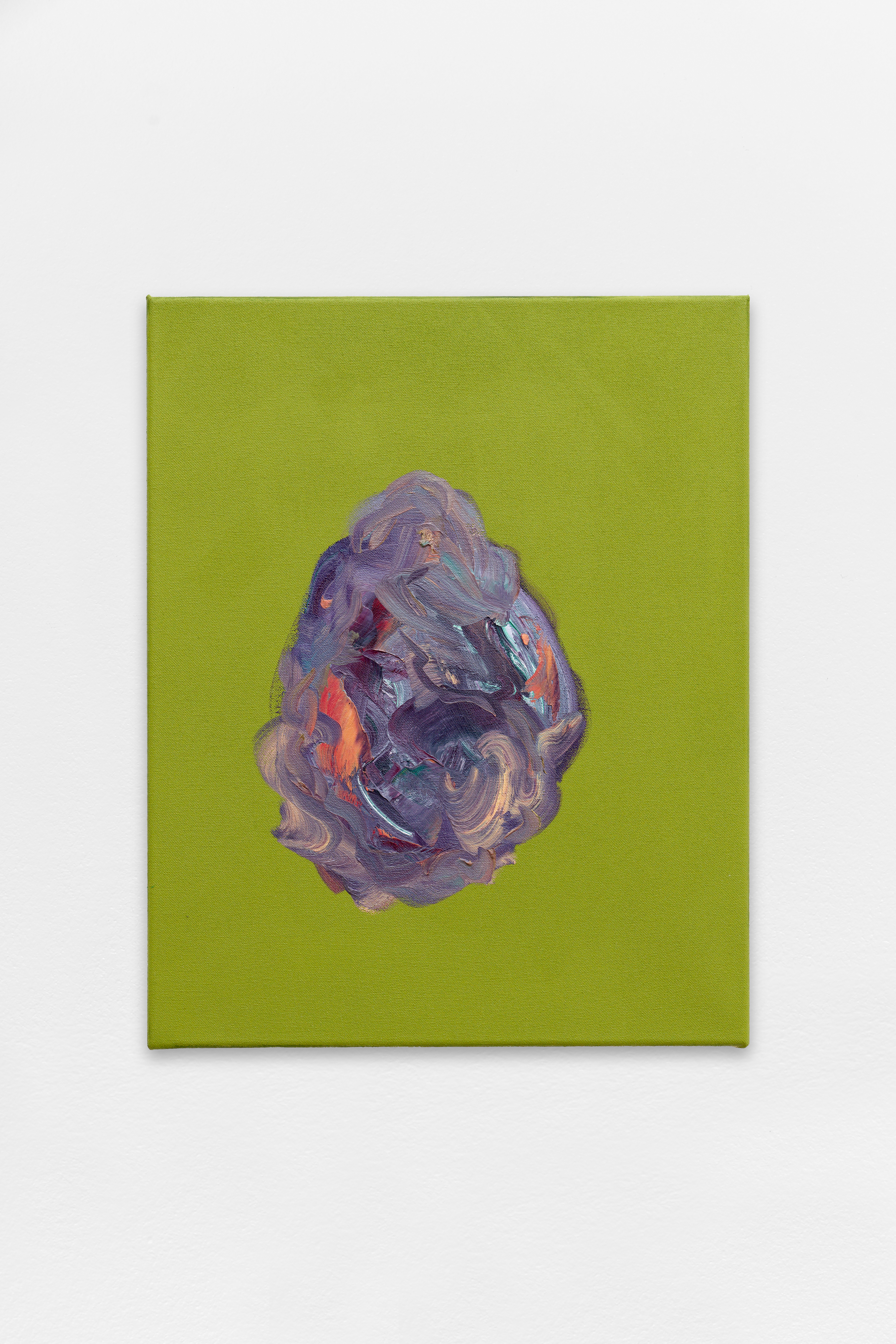
Floating bodies
Charlie Hamish Jeffery
Exhibition view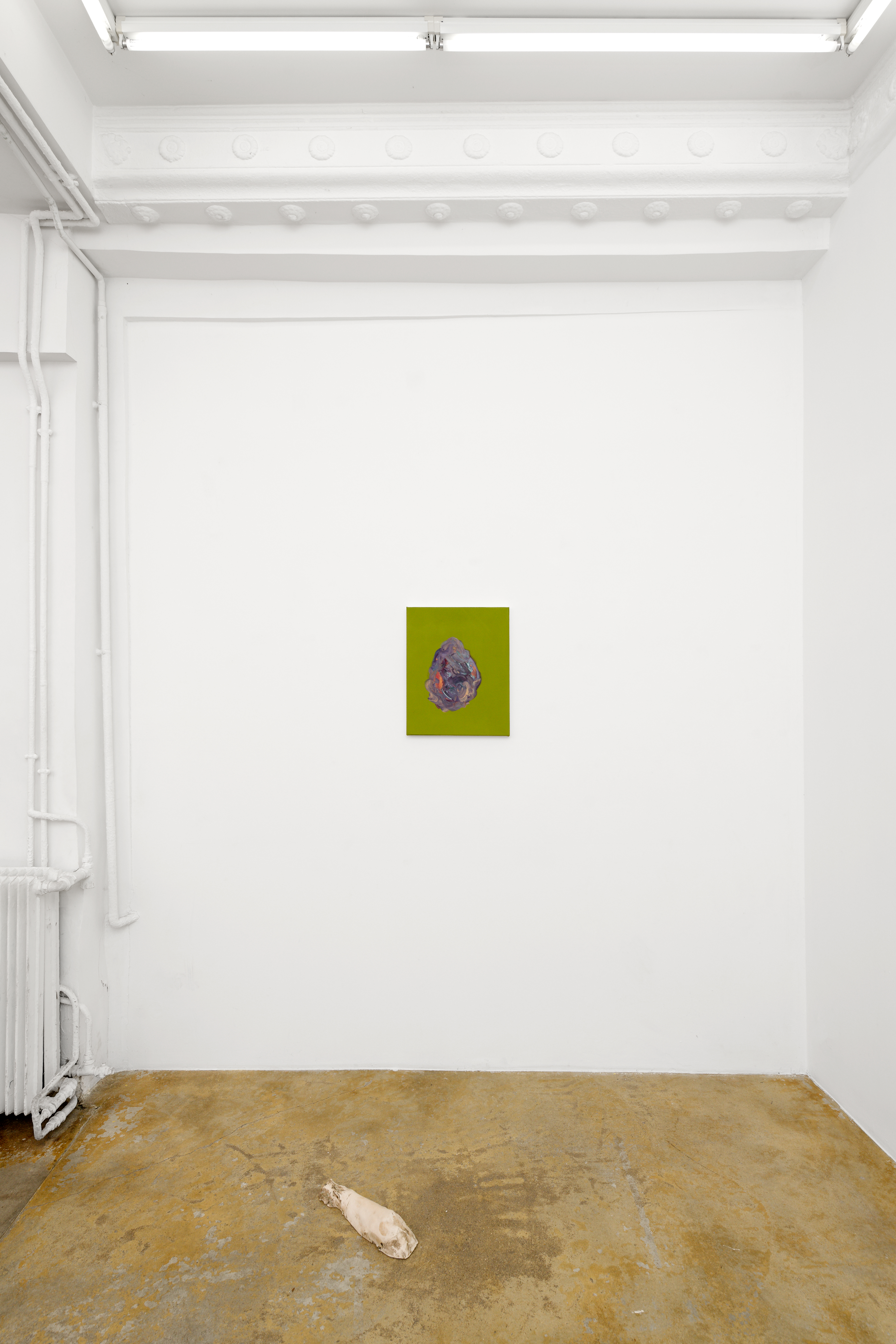
Floating bodies
Charlie Hamish Jeffery
Exhibition view
Floating bodies
Charlie Hamish Jeffery
Exhibition view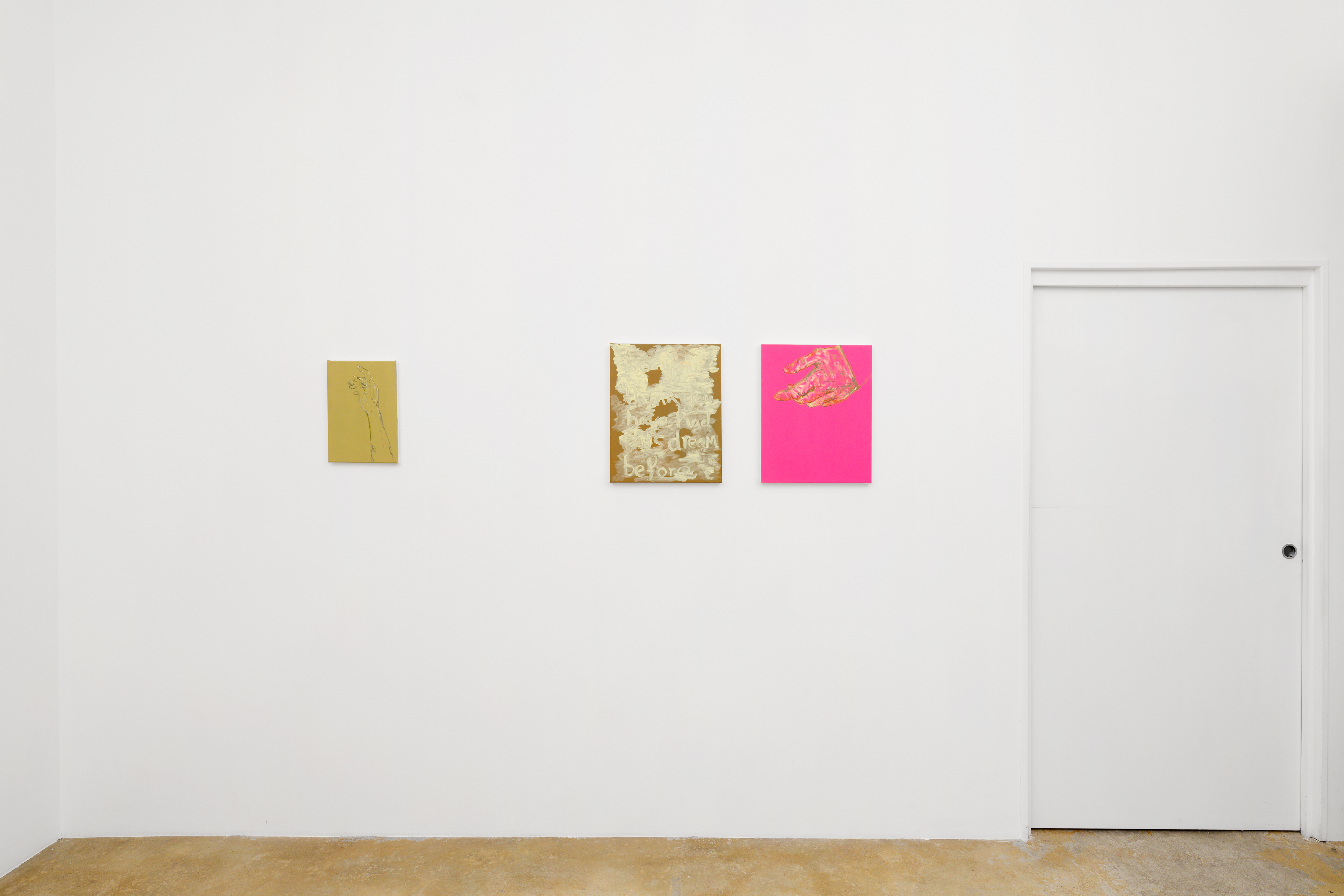
Floating bodies
Charlie Hamish Jeffery
Exhibition view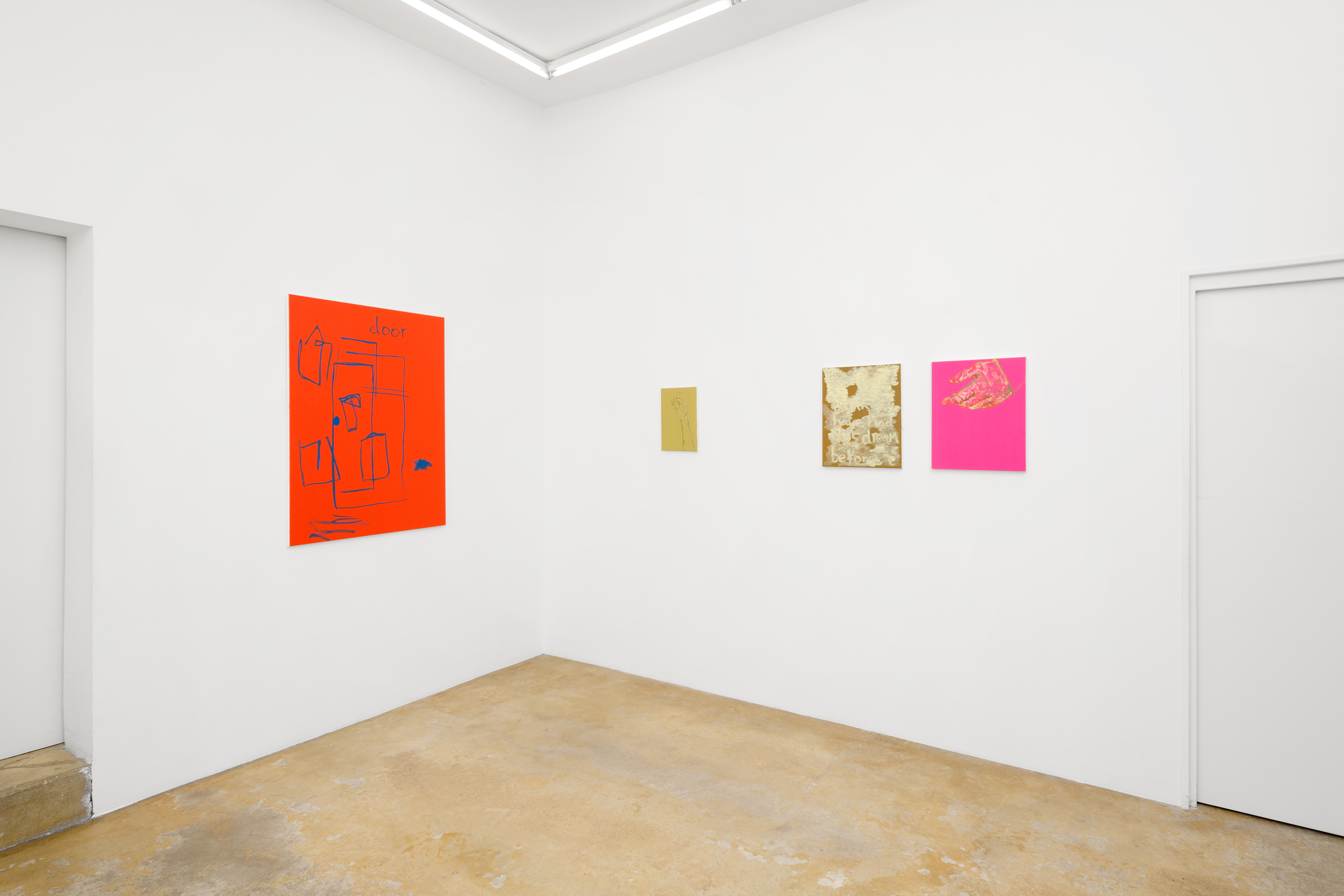
Floating bodies
Charlie Hamish Jeffery
Exhibition view
Floating bodies
Charlie Hamish Jeffery
Exhibition view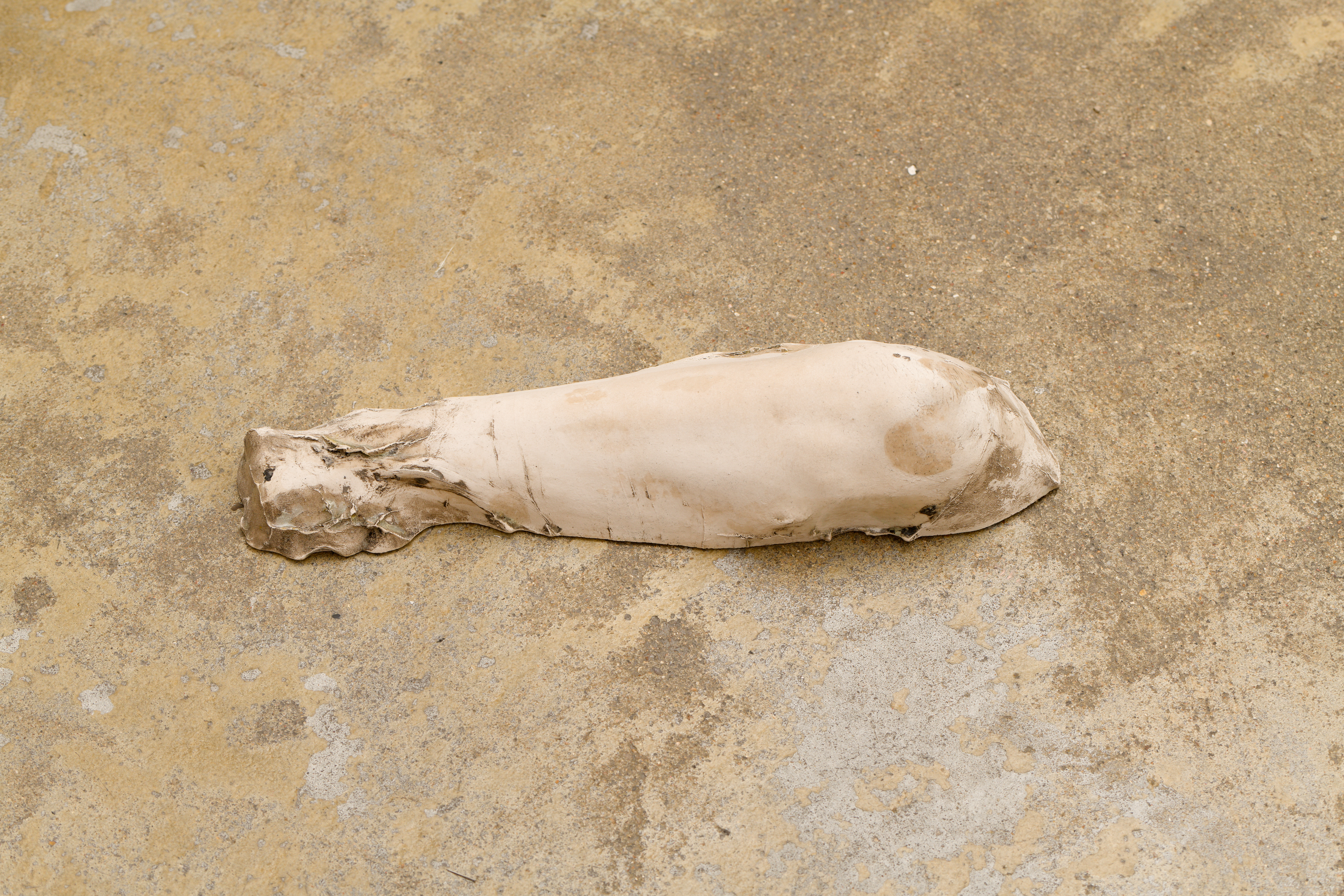
Floating bodies
Charlie Hamish Jeffery
Exhibition viewCharlie flottant 1
Charlie flottant. Étonnamment, car c’est une chute indéfiniment répétée qui aussi fonde et rythme le travail. Mais ici : deux séries qui semblent répondre à une logique relativement similaire pour l’une et l’autre. Deux ensembles d’images trouvées/retrouvées et doublées en peinture.
Remettant à neuf l’atelier dans lequel il s’apprête à travailler, Charlie flottant découvre sous le linoléum un ensemble de magazines des années 1950-1960. C’est dans les publicités des pages de ces magazines qu’il trouvera les mains qui lui serviront de modèles. Réclames cloportes écorchées, rongées par le dessous, grimpantes grimpantes.
La porte, l’escalier : alors étudiant, Charlie flottant réalisait une série de dessins de ces choses simples, mais les yeux fermées. Bien des années plus tard, il reproduit ces dessins en peinture. Les tableaux percent l’obscurité deux fois : ils exposent une cécité et rabattent le passé sur le présent.
La peinture comme un état des lieux : ainsi les mains : qu’y a-t’il, qu’y avait- t’il ici ? + Peindre comme façon de faire état de qui je fus (la porte, l’escalier). Faire état de son état, faire état du battement des choses qui me traverse. Fabriquer prothèse maison et s’assurer de sa présence, s’assurer de l’existence d’une forme entre « wrist » et « elbow ». Une peinture montre un caillou qui est un coeur qui est un caillou.
Charlie flottant 2
Construire un escalier nécessite de débuter par le bas. Peindre permet de s'affranchir de ce type de considération. Le pinceau va et vient depuis le haut, biffe le fond.
Sur ce point, il semble que les fonds (dans l’atelier) s’impatientent. Ils sont l’espace sur lequel une action va s’accomplir, s’est accomplie. Ainsi les mains, les portes, les escaliers… Les couleurs surgissent, elles apprennent les formes, elles apprennent le langage.
« Door » nomme ce que le dessin tache de figurer, le même bleu dit et dessine. « So you think you have had this dream before » s’écrit dans la matière (blanche). Mais « Shelf » ? « Shelf » se dissocie de ce qu’il désigne (tracée à la règle, rouge vif quand « shelf » à main levée par primevère jaune), semble se solidariser plutôt avec l’improbable marque/pierre/coeur tombé.e de l’étagère (de la pensée). Le mot lui même chu ? Mais Charlie flottant.
Clément Rodzielski, 2023
Floating Charlie 1
Floating Charlie. Surprisingly, because it is a fall, indefinitely repeated, that also underpins and gives rhythm to the work. But here: two series that seem to respond to a logic that is relatively similar for both of them. Two groups of discovered/rediscovered images that are doubled in paint.
Renovating the studio in which he was getting ready to work, floating Charlie discovered a collection of magazines from the 1950s and 1960s under the linoleum. In the ads on these magazines’ pages, he would find the hands that he would use as models. Lice-ridden flayed ads, eaten away from below, climbing, climbing.
The door, the staircase: As a student, floating Charlie drew these mundane things with his eyes closed. Many years later, he reproduced these drawings in paintings. The canvases pierce the darkness twice: they reveal a blindness and pull the past down over the present.
Painting as an inventory – thus the hands: what is there, what was there here? + Painting as a way to state what I was (the door, the staircase). Stating one’s own state, stating the pulsation of things that pass through me. Make homemade prothesis and make sure i'm there, be assured of the existence of a form between “wrist” and “elbow”. A painting shows a stone that is a heart that is a stone.
Floating Charlie 2
Building a staircase requires starting from the bottom. Painting makes it possible to emancipate oneself from such a consideration. The brush moves back and forth, strikes out the background.
On this point, it seems that the backgrounds (in the studio) are becoming impatient. They are the space in which an action will take place, took place. Thus, the hands, doors, staircases… The colours emerge, they learn the forms, they learn the language.
“Door” names what the drawing tries to represent, the same blue speaks and draws. “So you think you have had this dream before” is written in the (white) matter. But “Shelf”? “Shelf” is dissociated from what it designates (drawn with a ruler, bright red when “shelf” is drawn freehand in primrose yellow), seems rather to join with the improbable mark/stone/heart fallen off the shelf (of thought). Has the word itself fallen? But still, floating Charlie.
Clément Rodzielski, 2023